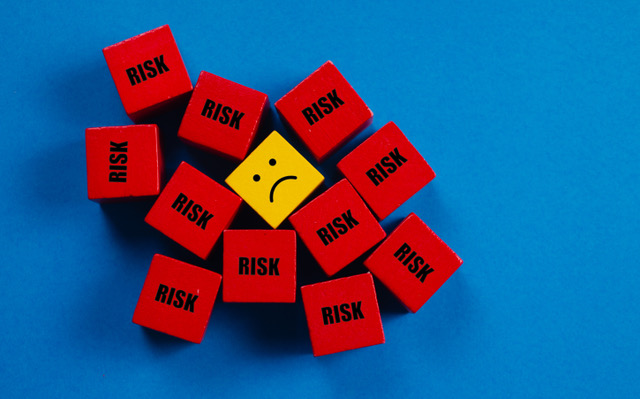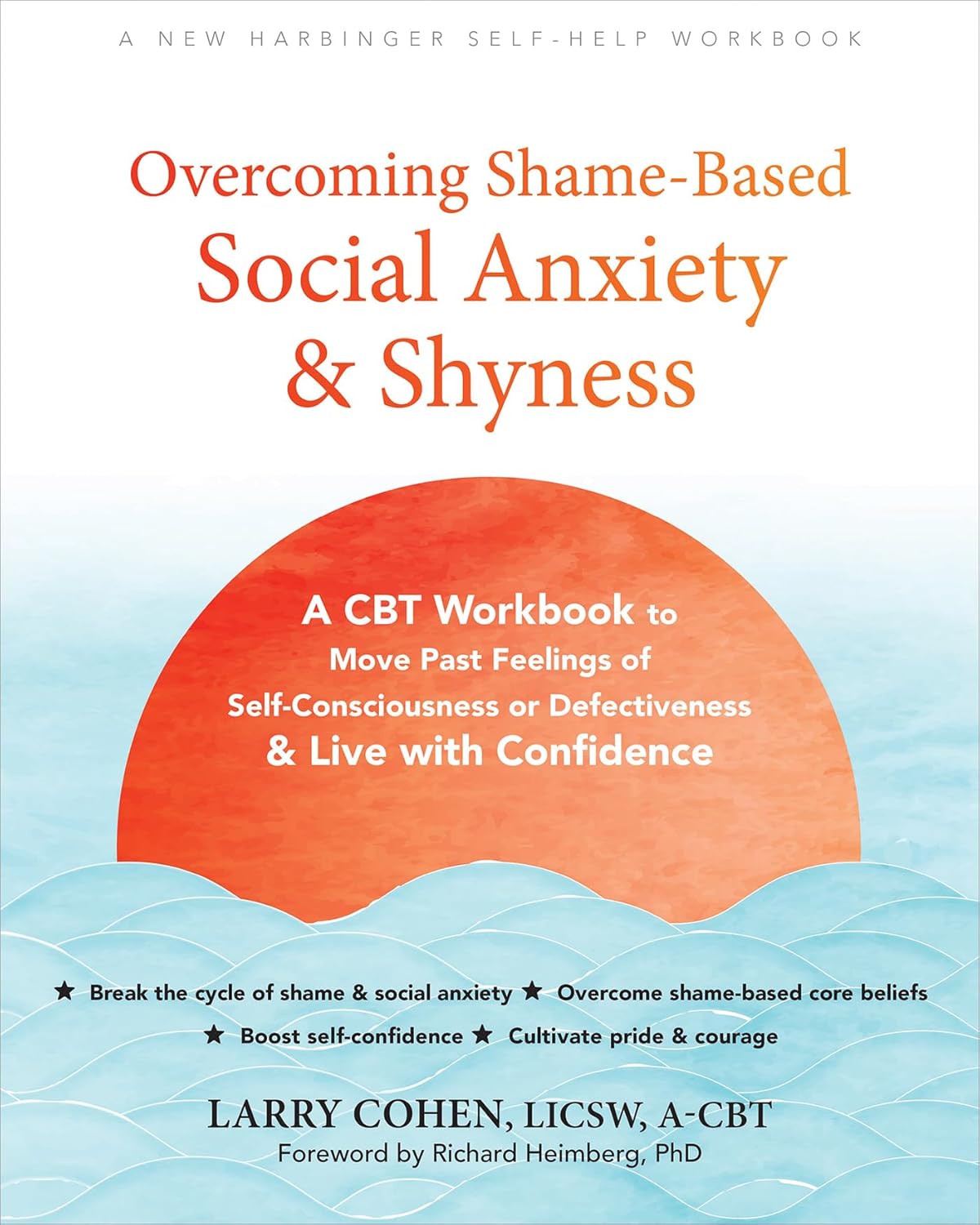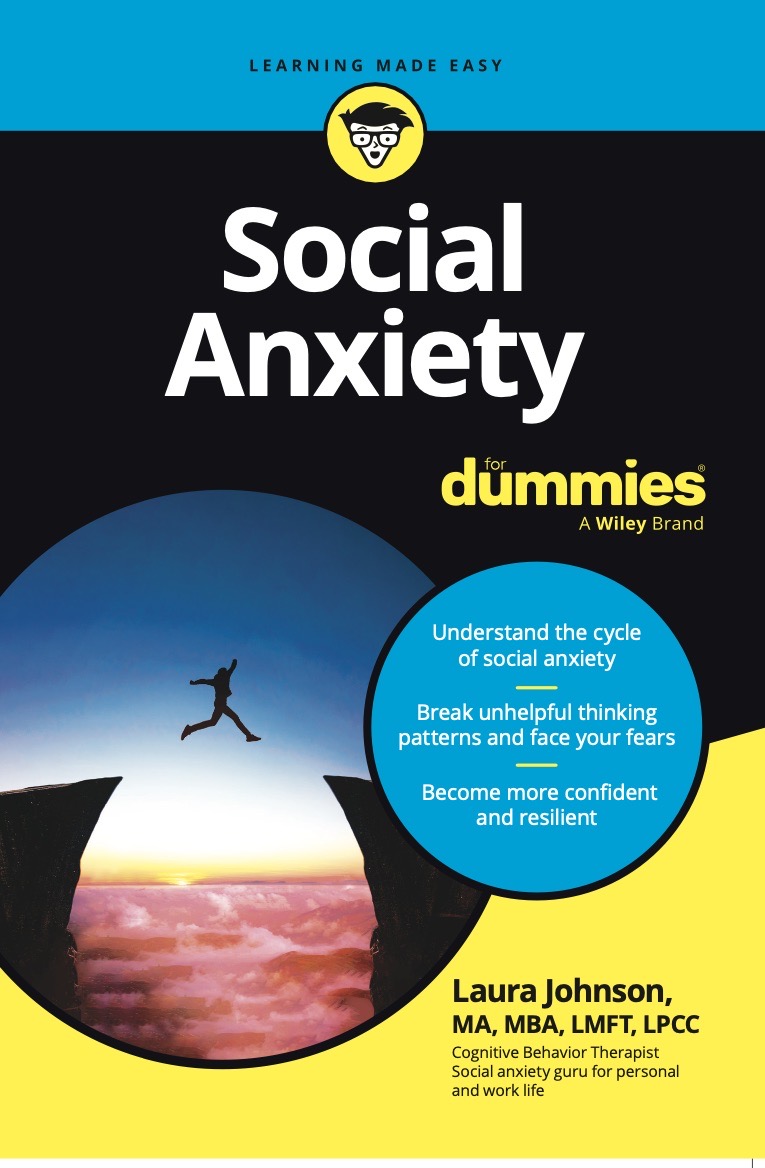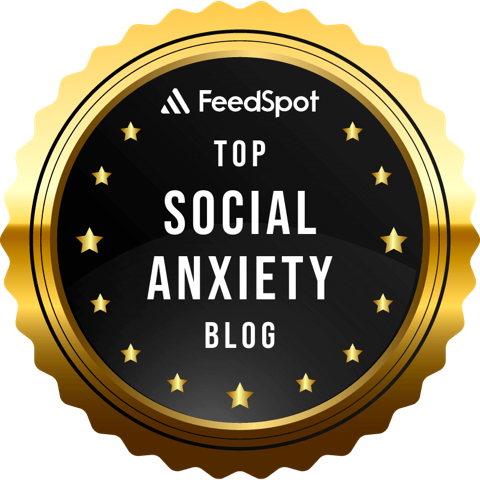If you have ever struggled with apprehension and anxiety in social situations, then the below thoughts will likely sound familiar:
- “Did I say or do something offensive?”
- “Other people must think I’m weird.”
- “What if I burden others and they are annoyed?”
While automatic thoughts such as these that arise in social situations and lead to significant discomfort are typically seen as one component of social anxiety disorder, these very same thoughts might actually be a manifestation of obsessive-compulsive disorder (OCD). Sometimes referred to as “social OCD,” this occurs when someone’s obsessions (intrusive, repetitive thoughts or images) are related to social interactions, which leads to distress and then compulsions (ritualistic behaviors to feel relief from or neutralize the obsessive fear).
It is also quite possible for someone to struggle with both Social Anxiety and OCD. Past studies have even shown that approximately 18% of individuals with OCD also experience social anxiety disorder*. Having both can be very complex to sort through! Many clinicians even struggle with the nuance between the two. Having clarity of how social OCD functions vs. general social anxiety can be vital to knowing which strategies will be helpful to overcome each.
Same Thought, Different Meaning
Whether someone experiences social OCD or social anxiety disorder, a thought that arises in a social situation such as “Did I say something offensive?” is likely to lead to distress and anxiety. However, there will be differences in terms of how each experiences and relates to this thought, and the secondary meaning each thought holds. For the person with social anxiety, the worry of having offended someone typically occurs during or following a recent situation where it is plausible, if not likely, to be the case. Further, the “threat” that this thought usually poses is that the fear of offending someone will result in judgment and rejection from others, or a sense of costing them socially.
For the person with social OCD, having the intrusive thought of offending someone can arise related to a situation that happened many years ago and that may be objectively very unlikely. Furthermore, the secondary meaning that having the thought “Did I say something offensive” holds tends to drastically over-estimate its significance and create an intense fixation. For example, having this initial thought might lead the person to believe therefore “I’m a horrible person,” or “I’ve committed irreparable harm,” or “the retribution I will receive for this will be devastating.” These secondary appraisals are experienced as a threat to a person’s core sense of self and their values. As you can see, the secondary meaning or belief of having the initial thought for the person with social OCD can create an immediate and urgent want of relief or reassurance, which leads to the arising of compulsions in response.
Shared and Different Responses

Individuals with social anxiety disorder as well as those with social OCD are likely to have one big behavior in common: avoidance. Someone with social anxiety may avoid situations outright that activate too much anticipatory anxiety regarding how they will be viewed by others. Or they may engage in safety behaviors to limit a feeling of vulnerability such as not initiating or sharing much about oneself with others.
In contrast, someone with OCD may avoid a social situation for the specific reason of wanting to avoid having to experience the obsessive thought (What if I offended someone?) and the distress it brings. Additionally, the urgent feeling nature of obsessional fears often leads to compulsions, or ritualistic responses to find reassurance or relief. For example, they might spend many hours scrutinizing and replaying how a social interaction occurred while searching for certainty if they actually offended someone or not. They might also call trusted others, research online, or ask an AI program repeatedly in search of absolute reassurance that the obsessive doubt isn’t true.
A Thought is Just a Thought
The good news is that a core intervention of CBT called exposure and response prevention (ERP) therapy can be very effective for both social anxiety and OCD. For general social anxiety, this often takes this form of progressive behavioral experiments in which someone practices approaching feared social interactions without safety behaviors, while testing out and evaluating their anxious predictions.
This brings up a crucial difference for what’s most helpful in working with socially anxious worry thoughts versus intrusive obsessions in OCD. With social anxiety, it can be helpful at times to intentionally pay attention to the anxious thoughts, to evaluate them, to reappraise them in more balanced ways, and to find ways to test them out and then revisit them.
When it comes to OCD, these strategies of directly engaging with obsessional fears can feel like trying to fight your way out of quicksand…the more you valiantly toss and turn and fight the more you find yourself sinking into it. Alternatively, practicing the genuine acceptance of uncertainty, and cognitive defusion techniques can be helpful in learning to relate differently to an intrusive thought and make no secondary meaning out of it other than being “just another thought.” These strategies can be a powerful component of an effective ERP plan.

If you or someone you know struggles with OCD, Social Anxiety, or a combination of the two, a clinician trained in cognitive-behavioral therapy (CBT) and who has expertise in understanding the intricacies of each can be vital. You can use NSAC’s search feature here to find a local therapist skilled in cognitive-behavioral therapy to help.
*Pallanti S, Grassi G, Sarrecchia ED, Cantisani A, Pellegrini M. Obsessive-compulsive disorder comorbidity: clinical assessment and therapeutic implications. Front Psychiatry. Dec. 21, 2011.











